 By Jake Sigal
By Jake Sigal
Founder and CEO
Tome Software
Working with a team to make on-road cycling safer has been important to me for years. As it is for many of you, this is personal.
In 2016, we were on the cusp of always-on connected cycling with Garmin Connect IQ, and we were starting to see Bluetooth cycling peripherals on helmets and bike lights. Had it not been for Scott Kasin, then Trek’s electronics product manager, who hit me up at a cycling trade show in Banff, it’s possible that our consortium would have never happened.
The backstory
I’ve spent much of my career working with engineering and business teams, leveraging industry standards to bundle products and services to create a better (and now safer) customer experience.
The first product was the USB Turntable, when I was at ION Audio in 2003 and wanted a faster solution for getting my dad’s Frank Zappa records into his 1994 Mustang 5.0’s CD player. We didn’t come up with the turntable, or the ability to record to MP3. We simply took the USB standards and open-source MP3 software and bundled it in a way that was crazy fast for anyone looking to move a vinyl collection from their basement to their laptop or vehicle.
Later, I was at Livio during CES. We had automotive companies asking about our internet radio technology and API work, and licensing it for in-vehicle infotainment systems. That led to Livio Connect, and Ford’s acquisition of Livio in 2013. Ford was early to adopt affordable open standards in vehicles, compared to the rest of the industry that focused more on proprietary solutions with added cost and complexity.
When I was approached and asked “who” had the ability to connect automotive OEMs with the cycling industry, I immediately knew we could do it. We just had to find the right tech standards.
Look out the windshield, not in the rearview mirror
We are at the point where technology exists to provide safe communication between any two devices, whether that’s a street sign, a bus, a delivery van, a bike light, or a mobile phone.
Vehicle safety message standards are well developed, with the SAE basic safety message and personal safety message per the J2735 standard. These started with dedicated short-range communications, now a legacy wireless communication technology. While the radios have changed, the standards — and the reason why these standards and performance requirements for them exist — continue to advance. Standards should not be limited to any one specific proprietary enabling technology.
Haas Alert has proven that LTE is more than capable of increasing safety between first responders and the vehicles around them with their Safety Cloud, which has over 2,000 agencies, 2 billion driver alerts, and 40 partners across 12 OEM manufacturers. That list includes Waze, Apple Maps and Stellantis.
The USDOT has released the Work Zone Data Exchange (WZDx), an open specification adopted across the U.S. that is designed to increase safety and efficiency for work zone workers and drivers. At ITS in Los Angeles, PSS recently worked with Ford and our Tome team to showcase dynamic speed limit reduction signs based on the WZDx technology standards.
In the past, too many companies have chugged their own Kool-Aid, limiting ideas to specific technologies and finding solutions for their own technologies. Let’s keep the past in the rearview mirror and look forward to a world where we have industry standards and a menu of technologies to mix and match, leading to safer roads for everyone.
A call to action
Challenge anyone selling you proprietary (closed) safety solutions.
When it comes to safety, only accept solutions that are based on pre-competitive industry standards. Every time I’ve heard the proprietary pitch, it’s based on individual company gains, not the community.
There are more than enough competitive opportunities in the market, including billions about to be appropriated within the Infrastructure Bill.
Remember, making safer roads is personal. Let’s keep people first and the business will follow.
###
Signup For The Bike Lane Newsletter
